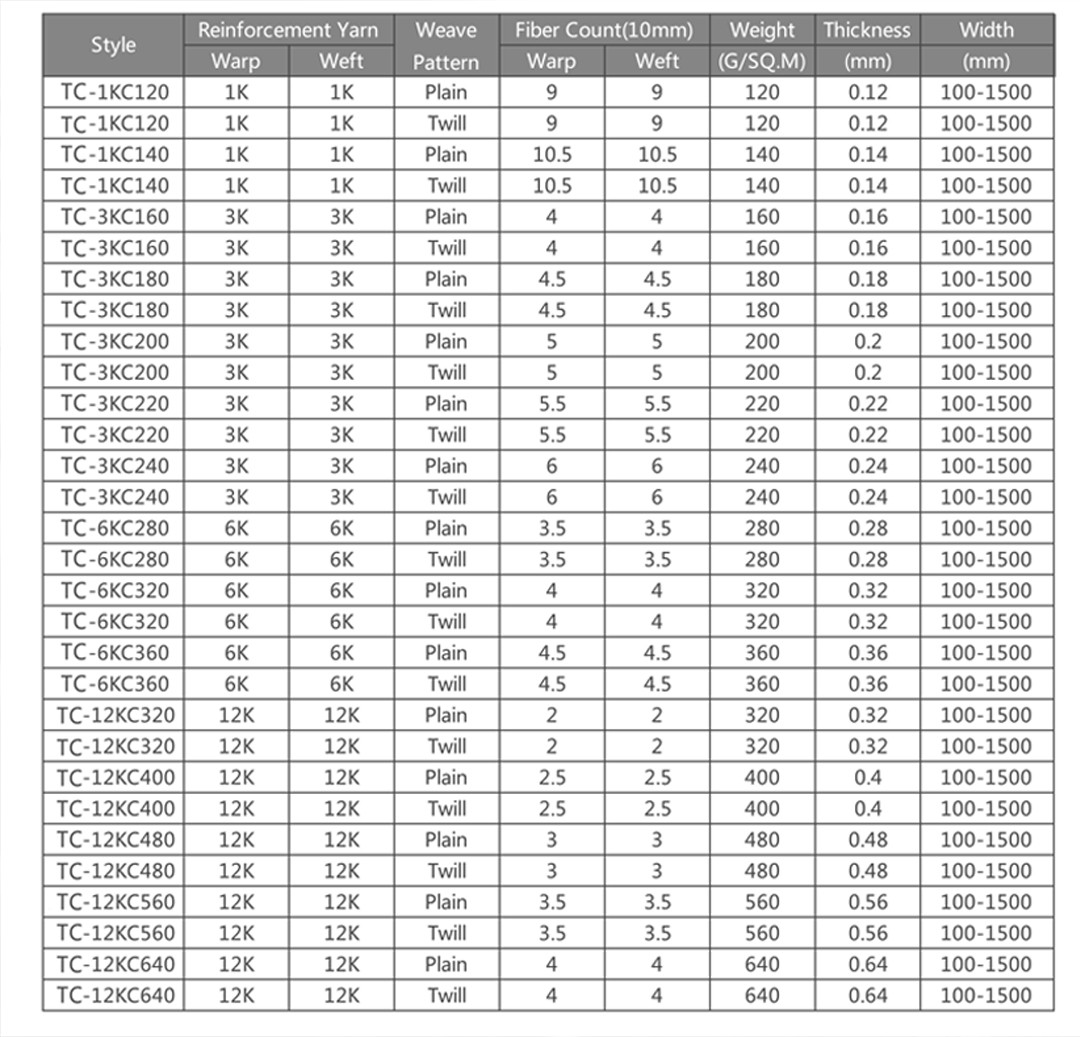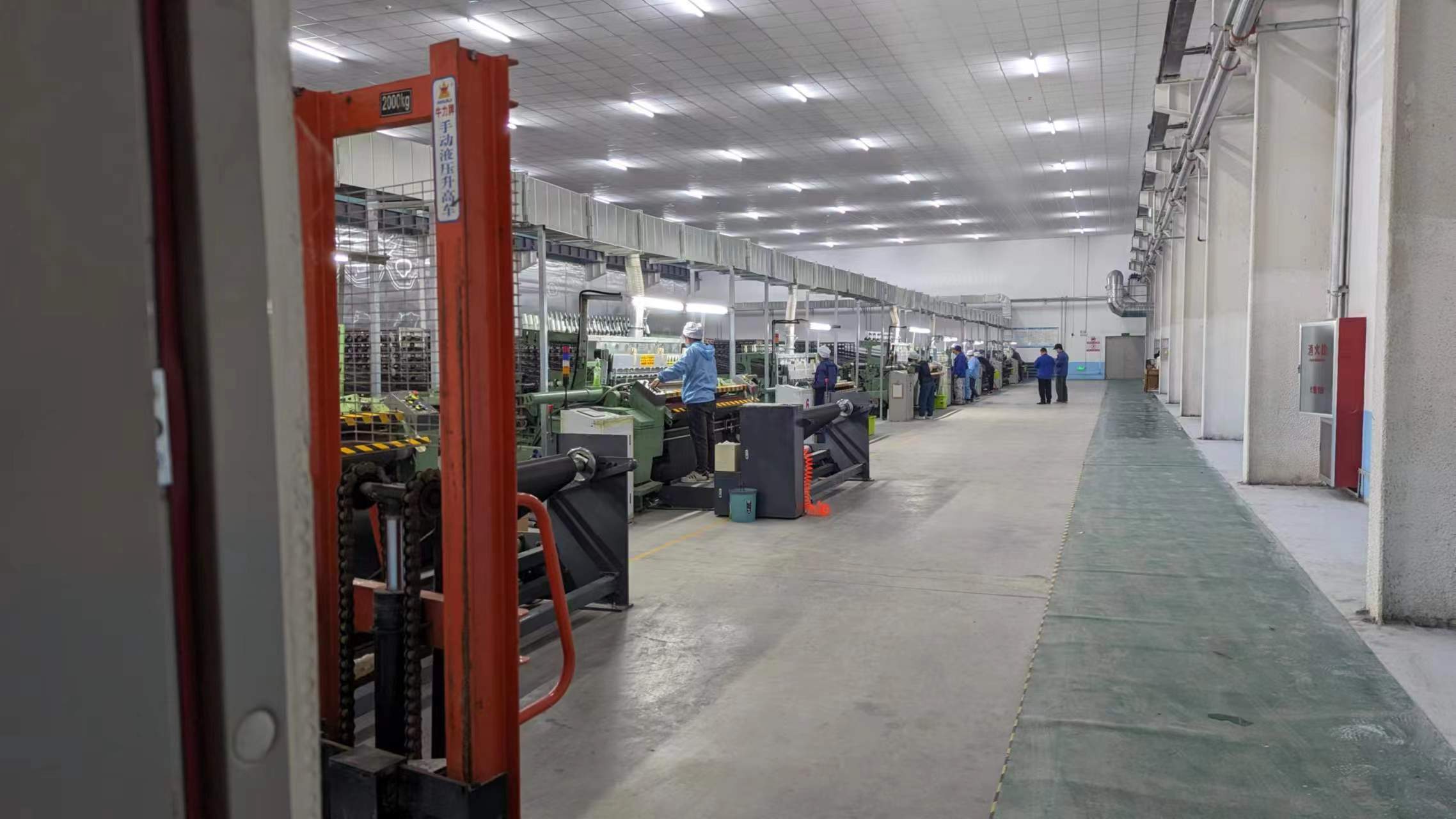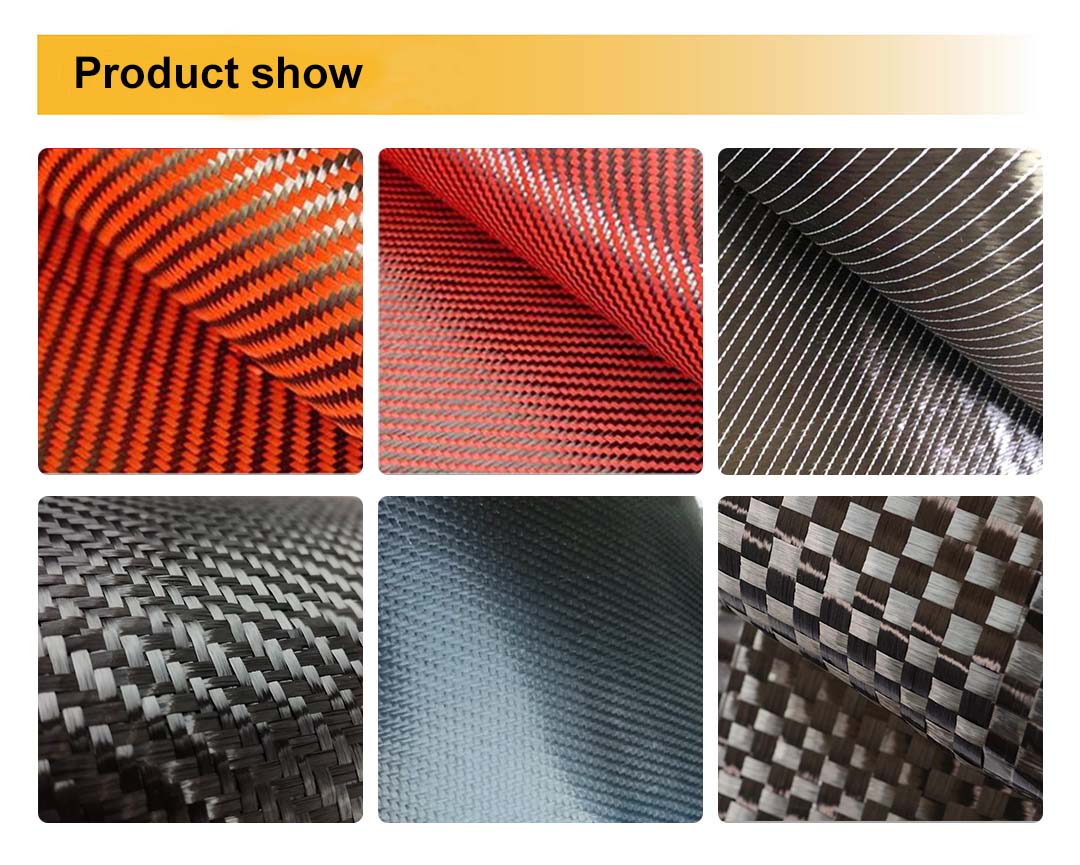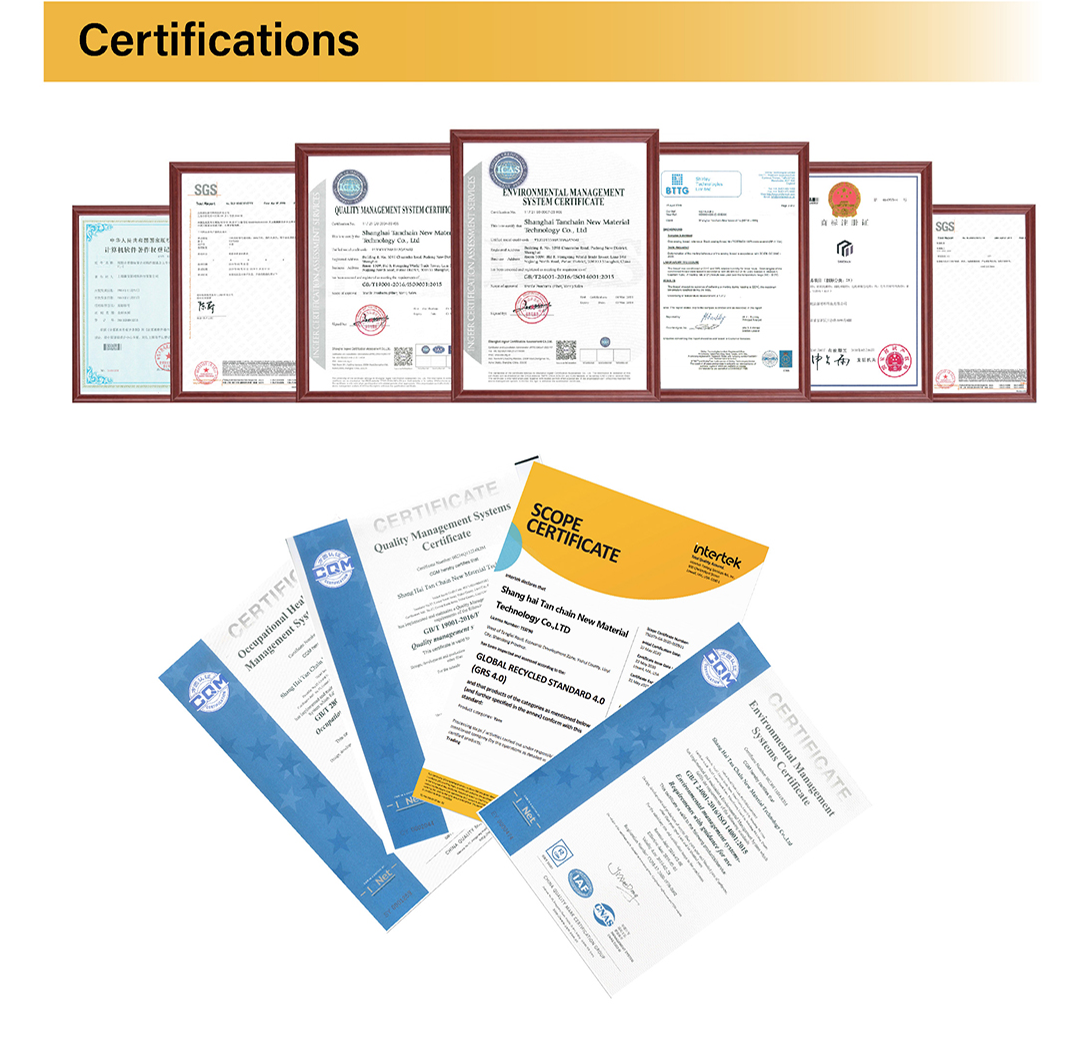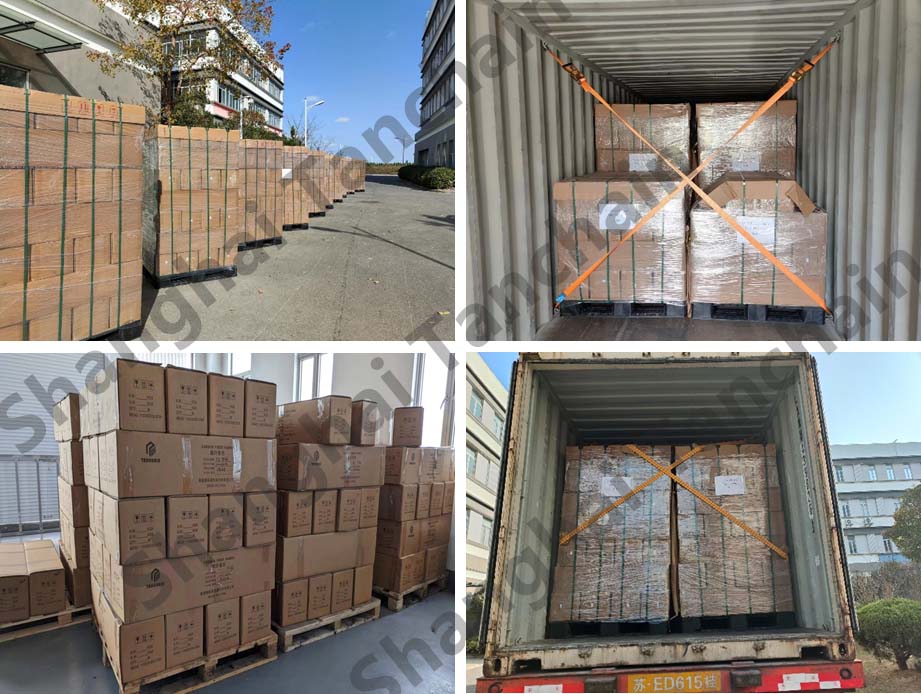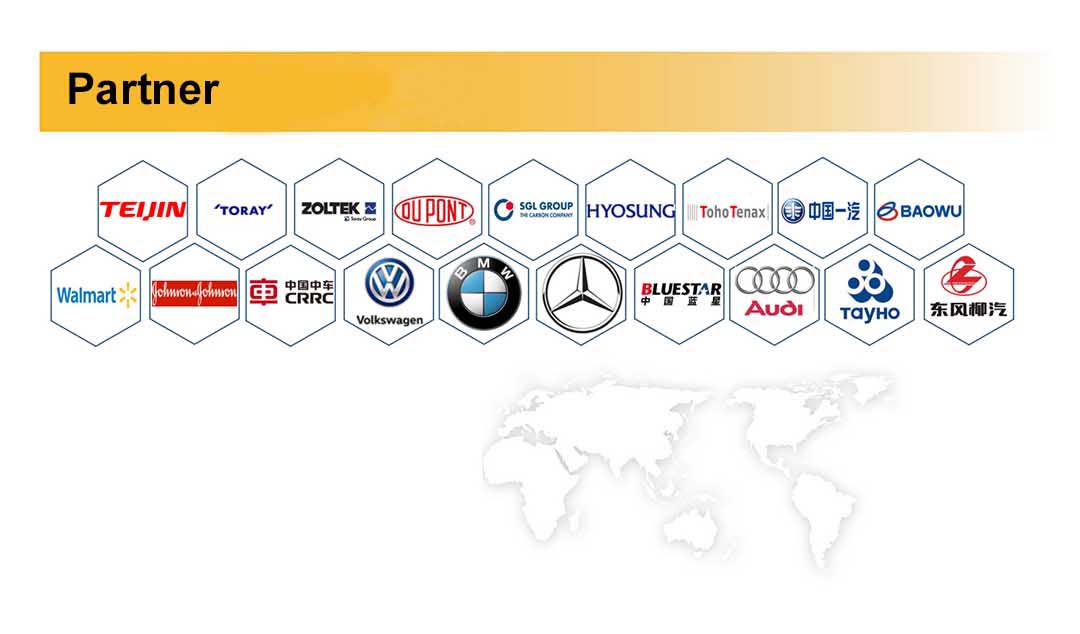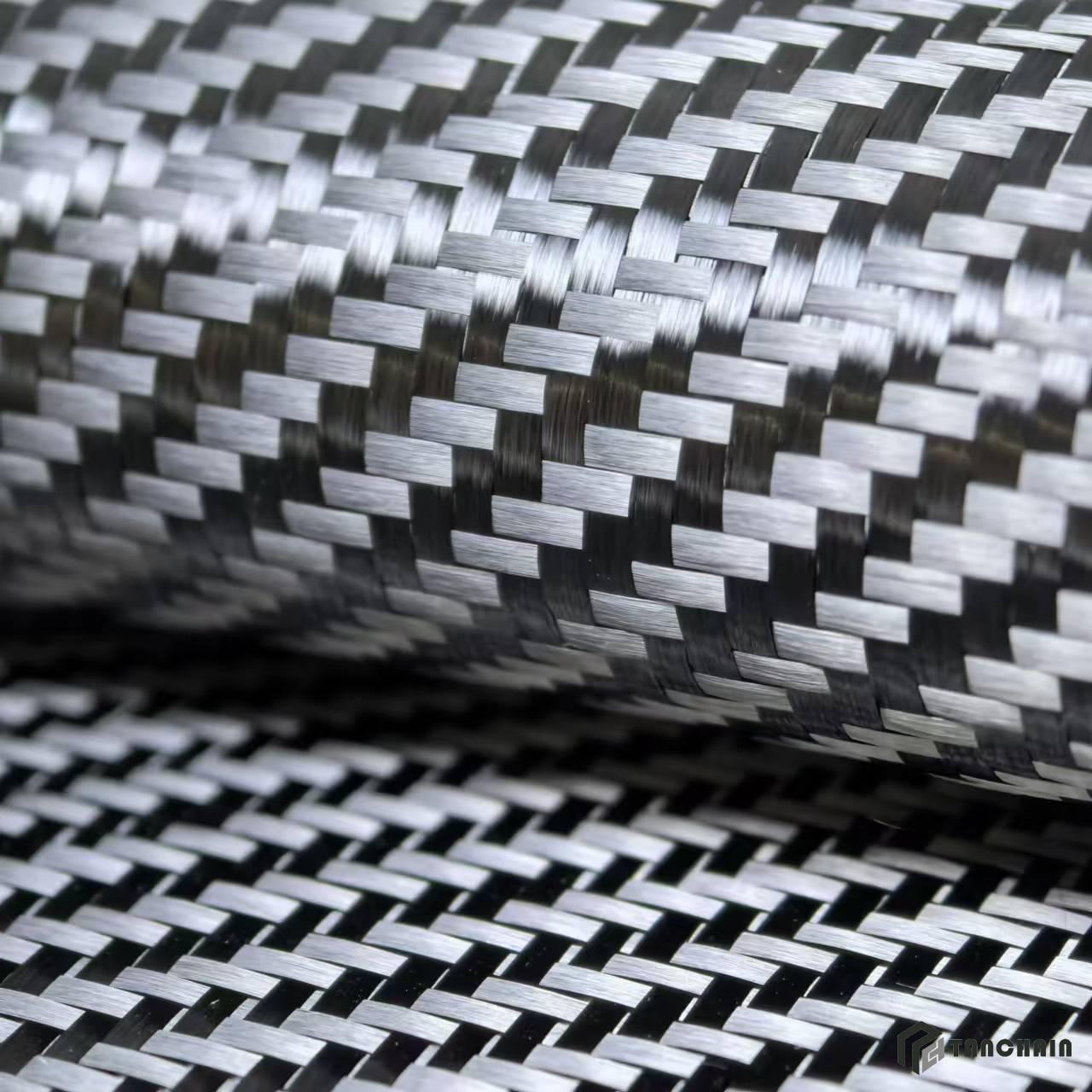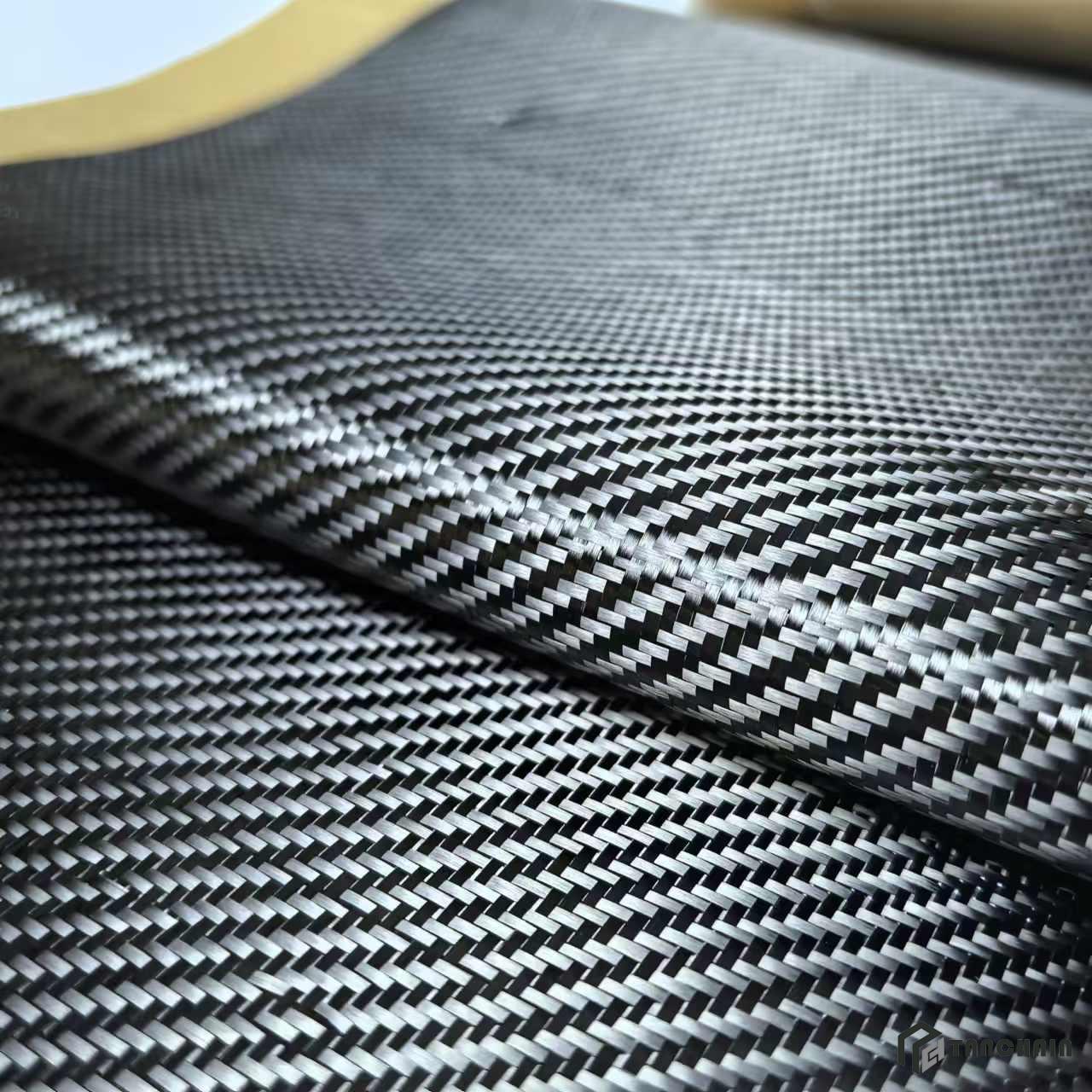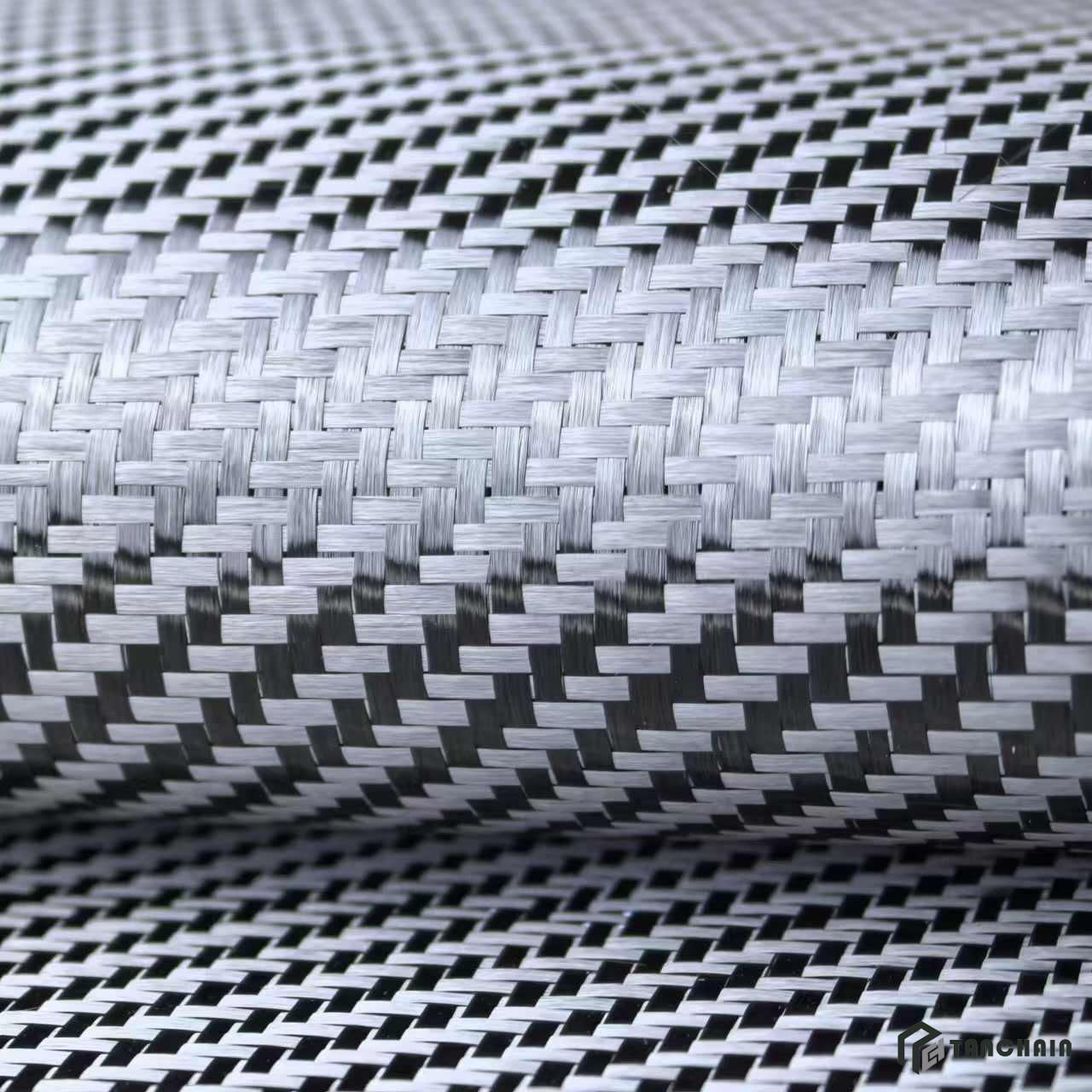-
-
1K - 100gsm - Twill Carbon Fabric - 3oz
- Code:TC-CF-1KC100T
- Material:100% Carbon Fabric
- Weight:100GSM
- Function:Aerospace, electronic device, Luxury, micro drones.
- Color:Black
- Weave:Twill
- Width:100cm
SEND INQUIRY
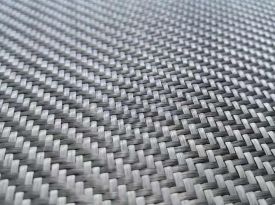
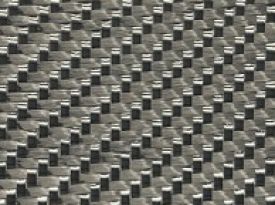
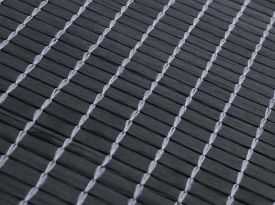
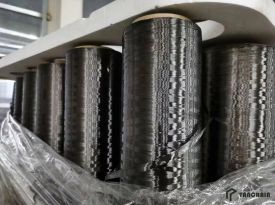
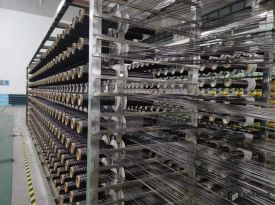
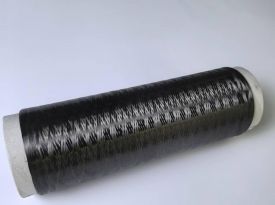
Material: |
100% carbon fiber | Yarn (warp): | 1k carbon fiber |
| Pattern: | Twill | Yarn (weft): | 1k carbon fiber |
| Weight : | 100gsm | Width: | 10-150cm |
| Density(warp): | 7.5/10mm | Thickness: | 0.15mm |
| Warp tensile strength | >300N/25mm | Weft tensile strength | >240N/25mm |
| Density(weft): | 7.5/10mm | Color: | Black |
Material: |
100% carbon fiber |
| Pattern: | Twill |
| Weight : | 100gsm |
| Density(warp): | 7.5/10mm |
| Density(weft): | 7.5/10mm |
| Yarn Count(warp): | 1k carbon fiber |
| Yarn Count(weft): | 1k carbon fiber |
| Width: | 10-150cm |
| Warp tensile strength | >300N/25mm |
| Weft tensile strength | >240N/25mm |
| Thickness: | 0.15mm |
| Color | Black |
Product Description
The "K" of carbon fiber fabric stands for the number of carbon fiber tows, and 1K means there are 1,000 filaments in a bundle of carbon fiber. 120 grams and 80 grams refer to the weight of carbon fiber fabric per square meter.
120 grams 1K carbon fiber fabric
- Advantages
- High strength: Because it is heavier and has a higher carbon fiber content, it can withstand greater external forces such as tension and has a good reinforcement effect.
- Thickness is relatively large: It is more suitable in scenarios where a certain thickness needs to be increased to meet specific requirements.
- Disadvantages
- Slightly less flexible: Compared with 80 grams, it has a harder texture and is limited in some application scenarios that require bending and fitting complex shapes.
- Higher cost: Due to the high carbon fiber content, the price is generally more expensive.
- Application scenarios
- Exquisite electronic products: It can reduce the weight of electronic products, improve strength, and beautify the static view.
- Repair of industrial equipment with extremely high strength requirements: such as key load-bearing parts of large machinery.
80g 1K carbon fiber fabric
- Advantages
- Good flexibility: It can be well attached to the surface of objects with various complex shapes, which is convenient for construction operations.
- Low cost: The price is relatively cheap and economical.
- Disadvantages
- Relatively weak strength: For some scenes with high strength requirements, it may not meet the needs.
- Limited protection ability: If used in places with high protection requirements, the thinner thickness will make its protection performance insufficient.
- Application scenarios
- Appearance repair: For example, repairing the surface of automobiles, sports equipment, etc., restoring the appearance while increasing a certain strength.
- Reinforcement of products with complex shapes and not particularly high strength requirements: such as some artistic carbon fiber products.
Similar Series Technical Data
